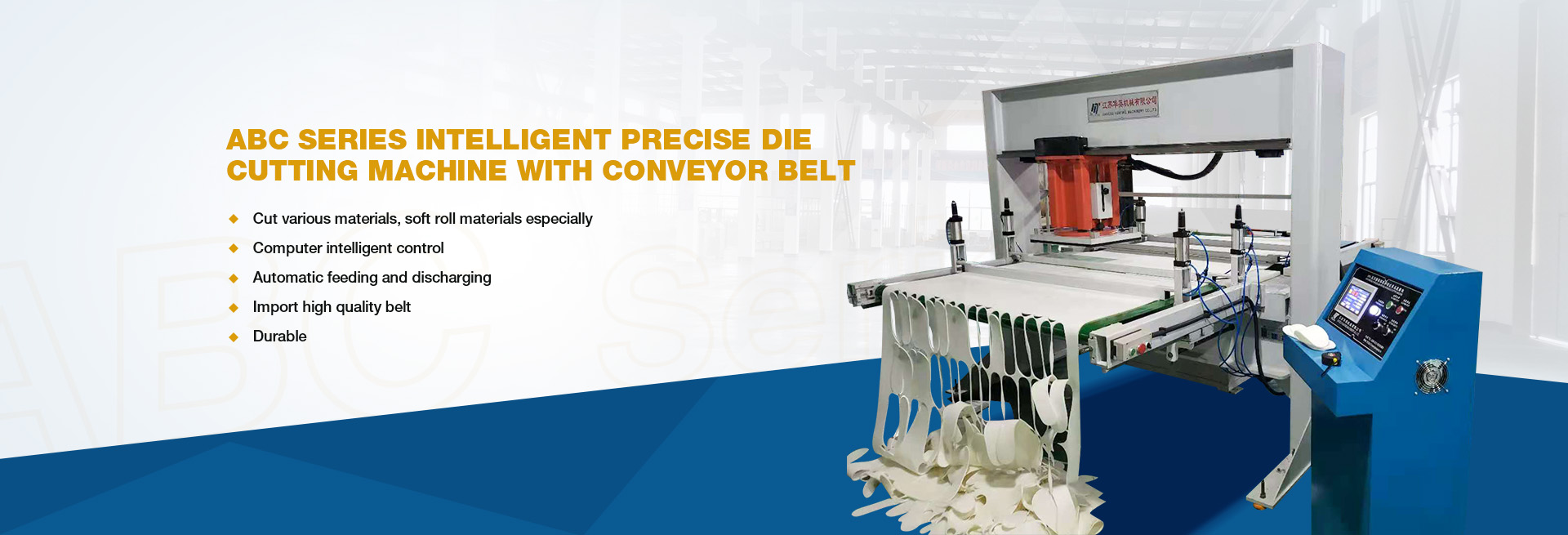Before daily operation, thoroughly clean the cutting machine. The longer it remains unused, the harder it becomes to maintain. Check for loose screws and ensure proper tightening. The hydraulic oil in the tank should be replaced approximately every 2,400 hours of use, with new machines ideally requiring their first oil change at 2,000 hours. After installation or oil changes, clean the filter screen every 500 hours. Maintenance Guide: Always completely drain the oil tank before changing hydraulic fluid. If the machine will be idle for over a day, loosen the adjustment handwheel to prevent component damage. Start the machine only when oil temperature exceeds 10℃ (50°F). If temperatures are too low, let the oil pump run until reaching 10℃ (50°F) before activation. Note: Designate a dedicated maintenance specialist to coordinate with supplier technicians and communicate machine specifications. Immediately disconnect power and inspect any unusual noises during operation. Maintain a 1.5-meter clearance around the cutting machine for easy maintenance. Warning: Never loosen terminal nuts during repairs – this may cause motor or electrical contact failures leading to phase loss, burnout, or equipment damage. Before operating, ensure the press plate fully covers the blade mold. Avoid personnel moving across pressure zones near the machine. Always turn off the motor when leaving. Critical: Grounding terminals must be securely grounded. Wiring and operation must be performed by certified professionals to prevent electric shock hazards.
Second-hand cutting machine repair teaches you how to choose a cutting press machine
First, check for fuselage deformation. In second-hand cutting machine maintenance, the fuselage is the most critical component. If deformed, the entire machine becomes unusable. While visual inspection may not reveal obvious deformation, we can assess it with a steel ruler. For machines aged several years, measure the distance between four corners and the upper working table when stationary – tolerable deviations under 0.5mm indicate normal operation. Exceeding this threshold requires attention. Second, inspect column or bronze bushing wear. The 0.08mm clearance between these components ensures stable cutting. Visible movement during operation suggests excessive gaps requiring complex repairs. Third, verify electrical aging. A simple test: bend wires multiple times – softness confirms aging. Check burn marks on components for damage. Fourth, confirm hydraulic system pressure compliance. This technically demanding process involves listening for unusual noises, inspecting hydraulic leaks, and checking for oil stains on the floor. Fifth, check if all accessories are complete. When maintaining a used cutting machine, essential components include the peripheral guards, safety eye sensors, worktable, rubber pads, and internal lubrication systems. While these accessories may seem inexpensive, they are indispensable – missing any of them could render the machine inoperable. After completing this inspection checklist, perform a power-on test run. Conduct hands-on operation using both the blade template and material samples to verify functionality. Proceed with purchase only after confirming everything works properly.
Post time: Sep-21-2025




